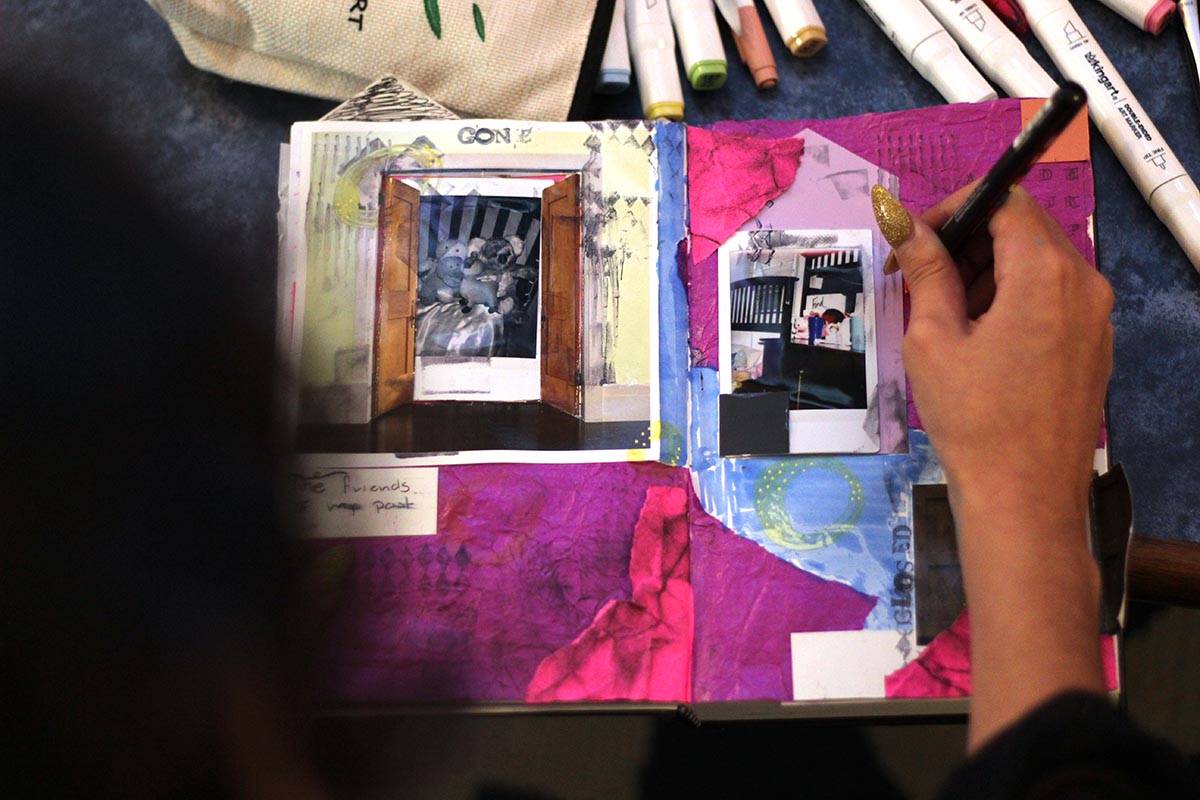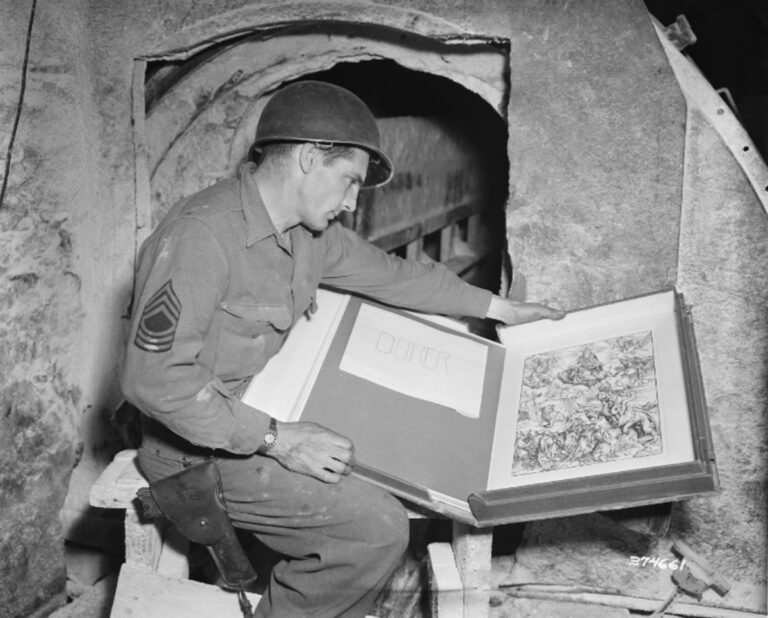It can be challenging to get the secondary art class into a creative groove, particularly with technology distractions. The default for many students is to scroll social media after they have completed their artwork. How can we redirect students and motivate them to dive deeper into their artistic practice? One way to do this is to introduce the Studio Habits of Mind (SHoM.) The SHoM is a framework that guides an artistic way of thinking and provides a set of routines, or habits, to support a consistent learning process. This encourages students to spend time and energy on their work.
Harvard Project Zero states the eight studio habits of mind are as follows:
- Develop Craft
- Engage & Persist
- Envision
- Express
- Observe
- Reflect
- Stretch & Explore
- Understand Art Worlds
Establishing these habits develops a classroom culture that values the artistic process. Moreover, students can continue to shape their art process even after completing their artwork. For more about the SHoM with practical application and resources, check out the Studio Habits of Mind in the Elementary Art Room Pack in PRO Learning. Although designed for elementary, it provides helpful overviews of each habit and several activities that will transfer well to high school.
Keep reading to discover 12 activities designed for high school early finishers. These activities will keep students engaged in continuous learning!
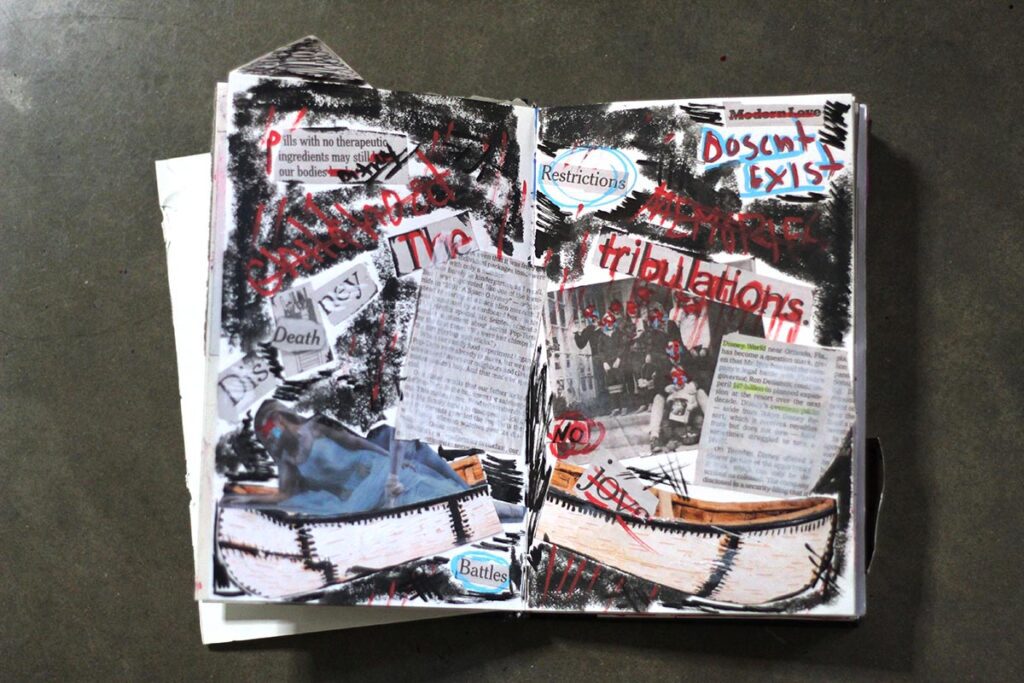
1. Construct a sticky note wall of Mini Masterpieces.
Display students’ creativity in a public space on a wall of Mini Masterpieces. Mini Masterpieces are sticky note drawings based on prompts. The smaller size is less daunting for students to draw on. Use provided prompts or adapt them to connect with what students are currently learning in your classroom. In addition, simple drawing prompts can help stimulate art creation and overcome the tendency to overthink. These finished masterpieces may even spark new inspiration for larger projects!
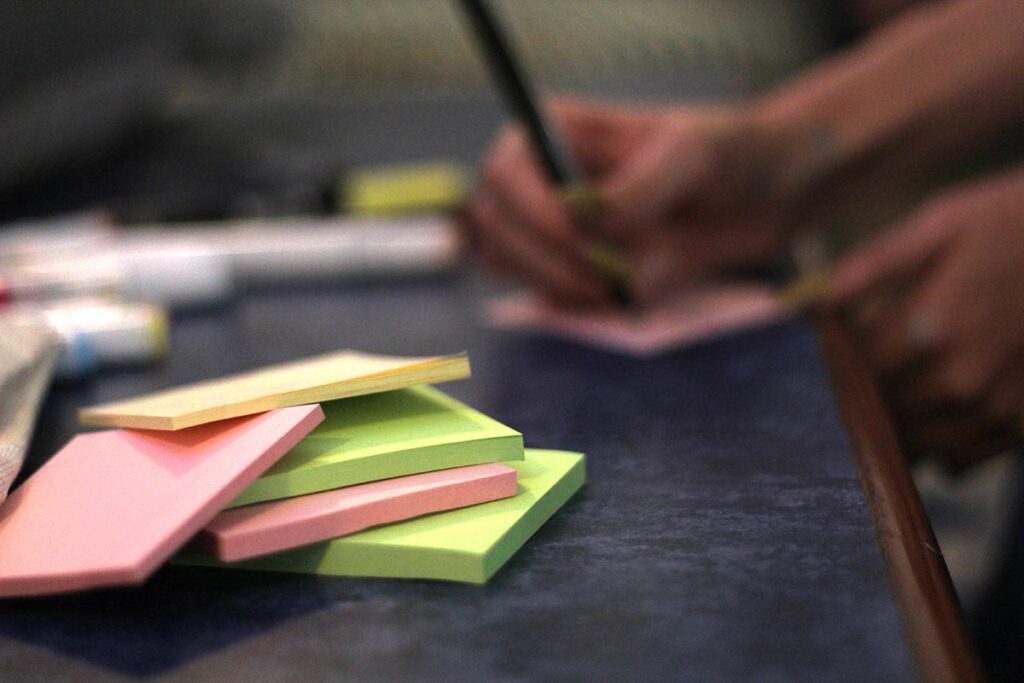
2. Supply students with coloring pages and Finish the Picture worksheets.
Contrary to popular belief, high schoolers love to color! As mentioned above, students often get into the habit of overthinking and then they get stuck. Academic course loads can be overwhelming for secondary students so activities that encourage a flow state are a welcome change of pace. Try coloring pages and Finish the Picture worksheets to spark new inspiration. Connect these activities to your curriculum by requiring specific shading techniques or color schemes.
3. Recycle scrap paper and old artwork with a bookmark station.
Repurpose old artworks and scrap paper into bookmarks to reduce waste and allow students to create functional art! This activity encourages environmental consciousness and an opportunity to design. Bookmarks also make perfect gifts or inventory for an art club fundraiser. Cultivate positive community connections and donate them to the local library or retirement center.
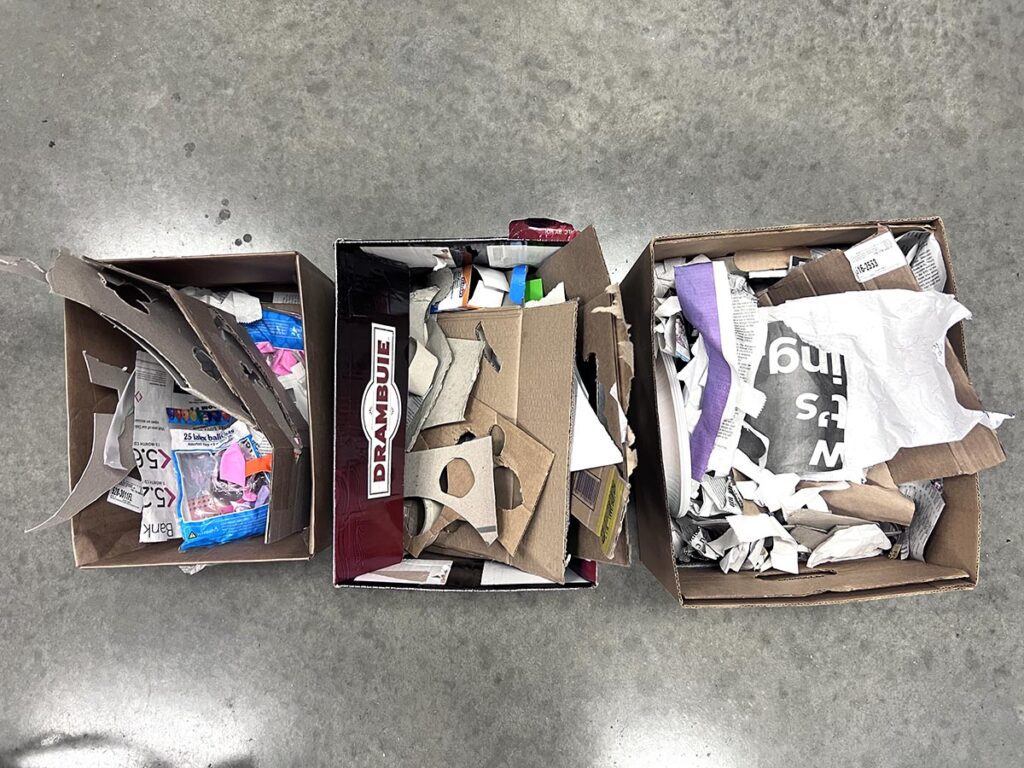
4. Create a fidget corner or mindful area.
At the elementary level, these areas serve as great calm-down spaces. The good news is that high schoolers enjoy them too! Use a fidget corner as a calm space to work on puzzles or a speed cube, or build with plastic building bricks. Like the coloring page idea above, this area offers students a much-needed mindful moment in their busy academic day.
5. Delegate students to help around the classroom.
Delegate tasks to maintain the studio space and teach students responsibility and teamwork. Many middle school and high school students love to help sort paper, hang artwork, or wash paintbrushes. These tasks promote ownership in the classroom and help complete your to-do list.
6. Select a list of photo prompts.
Use photo prompts as an early finisher activity for mess-free mobile art creation. Just like the Mini Masterpieces drawing prompts above, you can use a pre-made list or adjust it to incorporate the current seasons or holidays. In addition, photo challenges are a fun way to get students’ creativity flowing. Watch the video below for a way to implement and collect photos for a digital scavenger hunt.
7. Collect old magazines for a collage corner.
Dedicate a corner or space to collage creation with piles of old magazines and newspapers. Students can use these materials in their sketchbooks, visual journals, or new artworks. Secondary students love making collages and creating unique juxtapositions with images. For ways to spice up your students’ collage practice, watch The Basics of Collage Pack in PRO Learning.
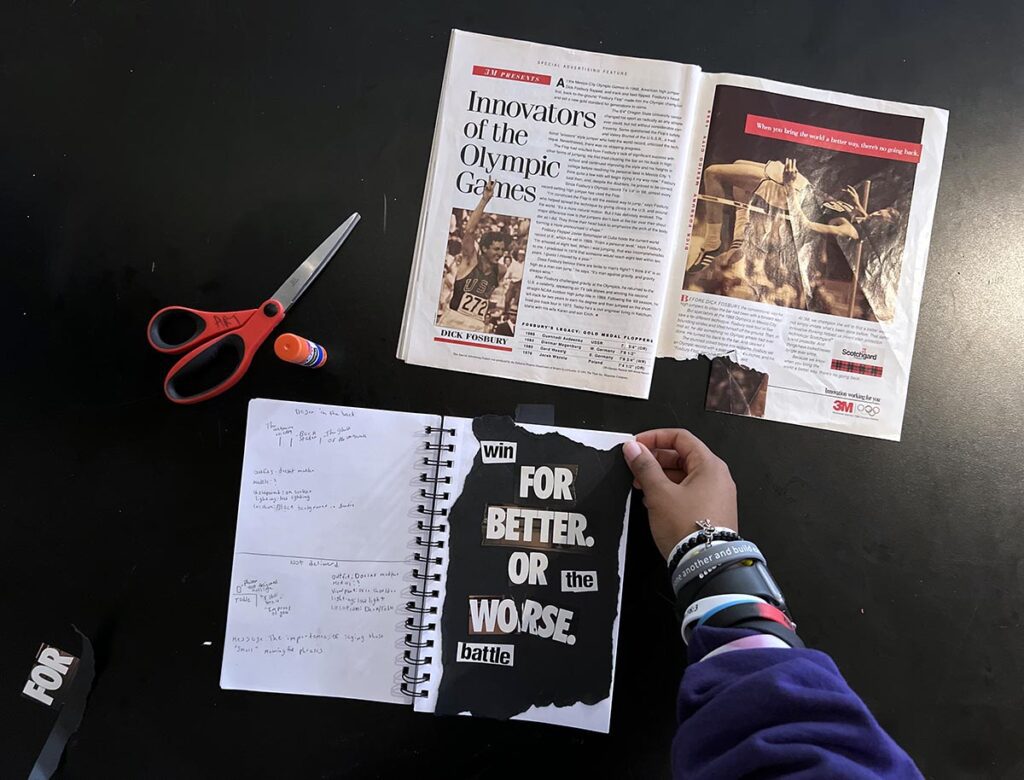
8. Add an origami station.
Magazine paper also makes a great alternative to origami paper because it’s colorful and thin. Students who love to build and work with their hands often love this paper-folding process. Origami not only allows for hands-on exploration but also teaches patience and craftsmanship. Host an ongoing challenge to see who can compose the smallest and largest origami creations!
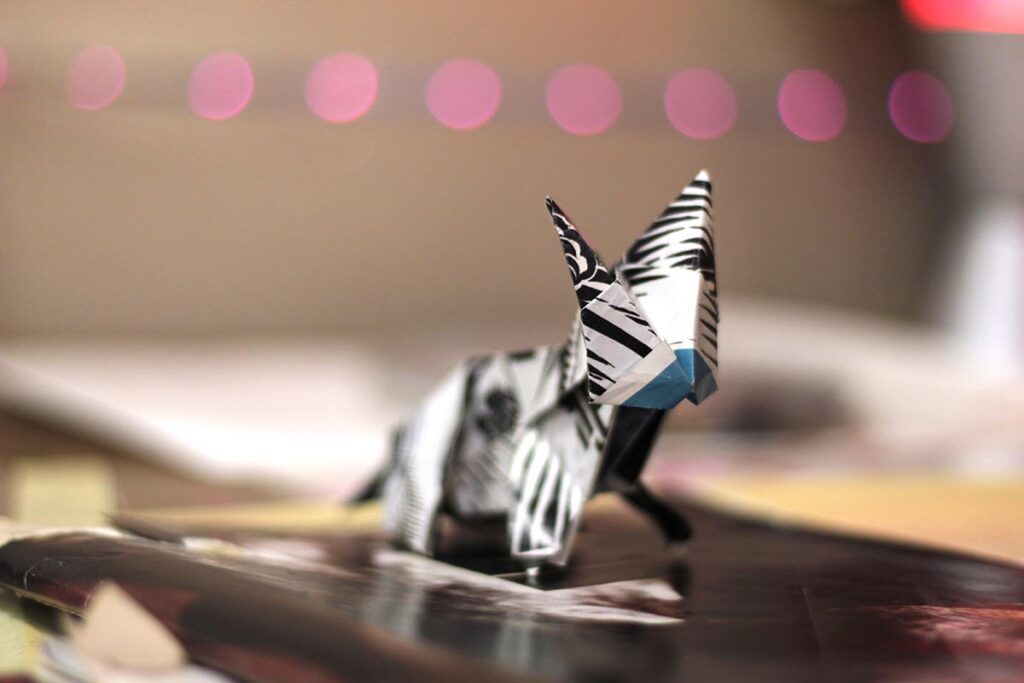
9. Establish habits of visual journaling.
Visual journaling is a great tool to foster critical thinking skills like analysis, examination, evaluation, and reflection. They are a way to document the art process for secondary-level students’ portfolios. If you teach advanced courses such as AP or IB art, students are most likely required to work on and submit some form of a process portfolio or sketchbook. After an artwork is complete, the remaining class time is a prime opportunity to wrap up incomplete journal pages, add a few more to synthesize learning, and brainstorm fresh ideas for the next artwork!
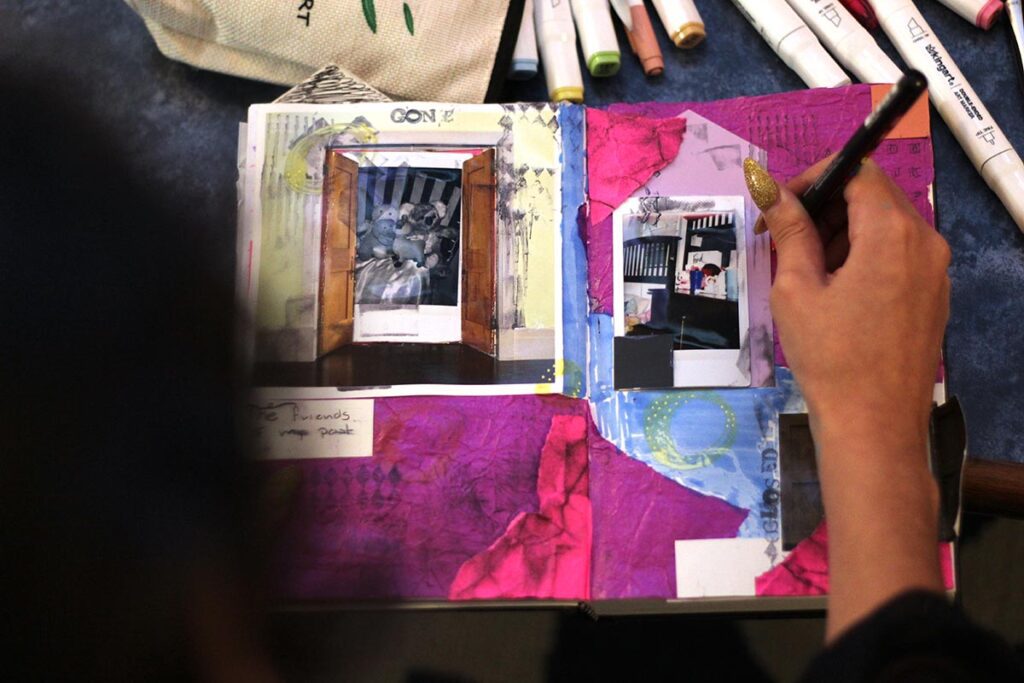
10. Assemble an inspiration corner.
Put together an inspirational corner of art books, FLEX Curriculum artist bios, and social media trends in the art world. Break the monotony of screens and go old school with a library of physical resources students can flip through and explore. Invite students to contribute to this space to foster a sense of community. When students don’t know where to start on a project, you can also send them to this corner to jumpstart the ideation process.
11. Design a school community grid.
Use the grid drawing process to create a large-scale community artwork. This approach can be a fun way to include the school community by making portraits of teachers or students of the month. Stylize the portrait to break it down into simple shapes and values that will be straightforward for students to replicate on their own. Break up the portrait into a grid and blow up each individual square before printing. Label the squares and provide corresponding blank squares of paper. Once all of the squares are complete, display the mural for the school community to see!
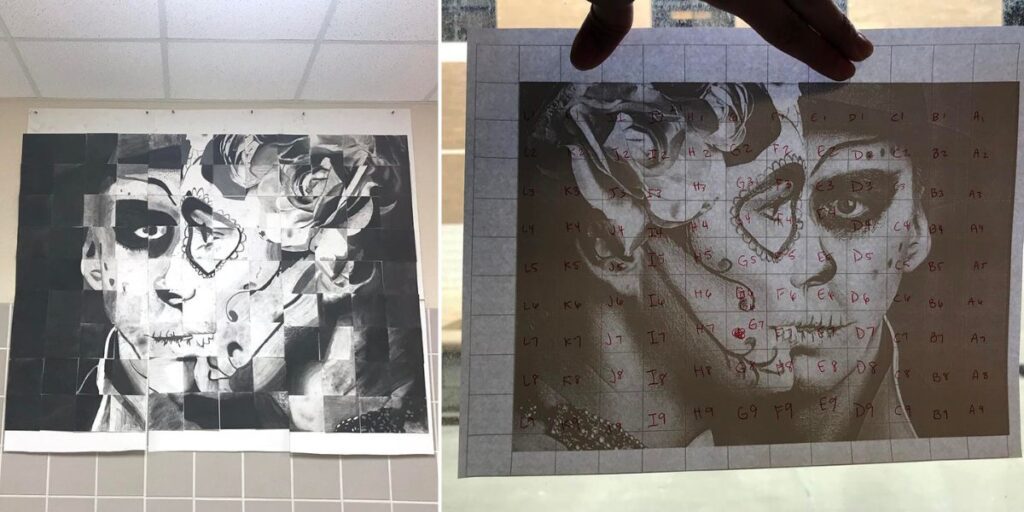
12. Encourage collaboration with an interactive community artwork.
Why stop at your school community? Keep the fun going with your local community! Create a large-scale community artwork using white butcher paper. Ask local businesses or organizations if your students can create a custom banner for an upcoming event. Then, draw a large-scale black-and-white line drawing for your students to color. Depending on the event, you can swap this process—your students can create the line drawing design for the community to color in!
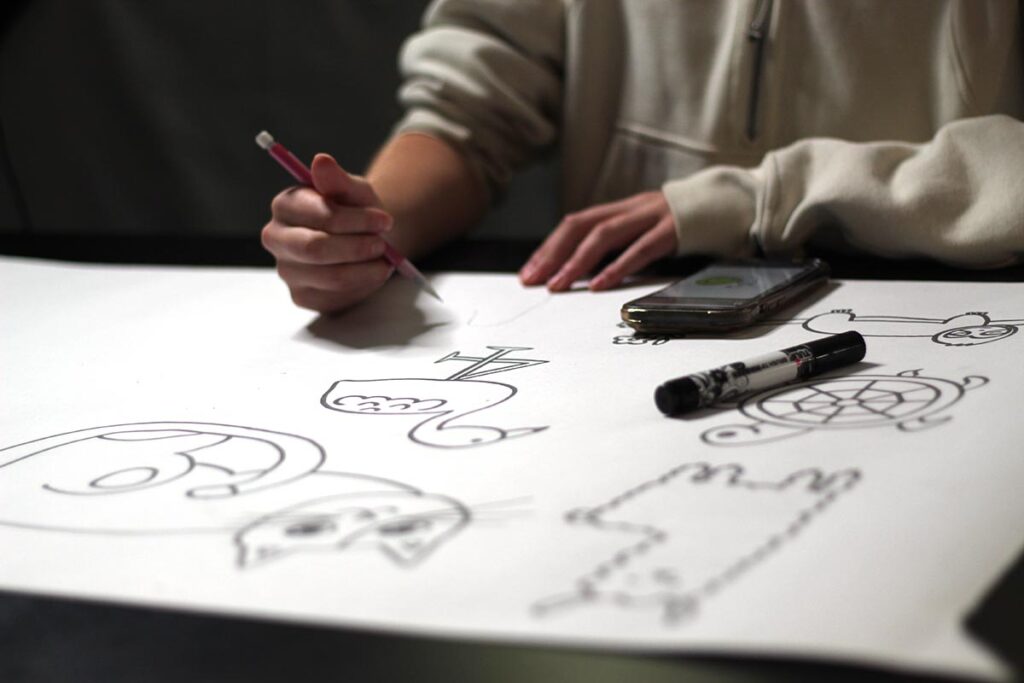
Early finisher activities are a great way for students to embrace the SHoM from the start to finish of class. The activity options provided above can all align with specific learning objectives if needed. Your secondary students may surprise you with their willingness to put down their devices and dive into these activities! However, if you are looking for a small boost of motivation, you can assess the activities with participation, self-assessment rubrics, or extra credit. Make every minute of class count in your art room with plastic building bricks, recycled artwork, pads of sticky notes, AOEU’s complimentary downloads, and more. Once you establish the SHoM in your classroom, your students won’t want to leave!
What are your favorite early finisher activities for the secondary art room?
How do you encourage a learning-centered environment and culture in your classroom?
Magazine articles and podcasts are opinions of professional education contributors and do not necessarily represent the position of the Art of Education University (AOEU) or its academic offerings. Contributors use terms in the way they are most often talked about in the scope of their educational experiences.
